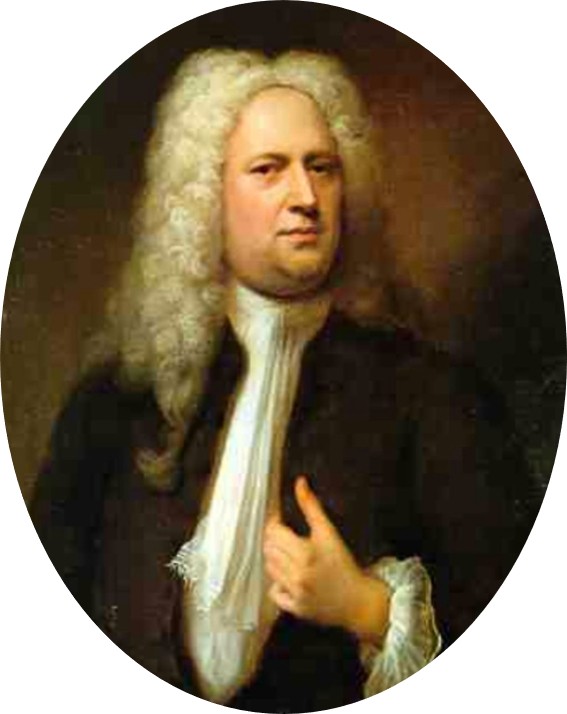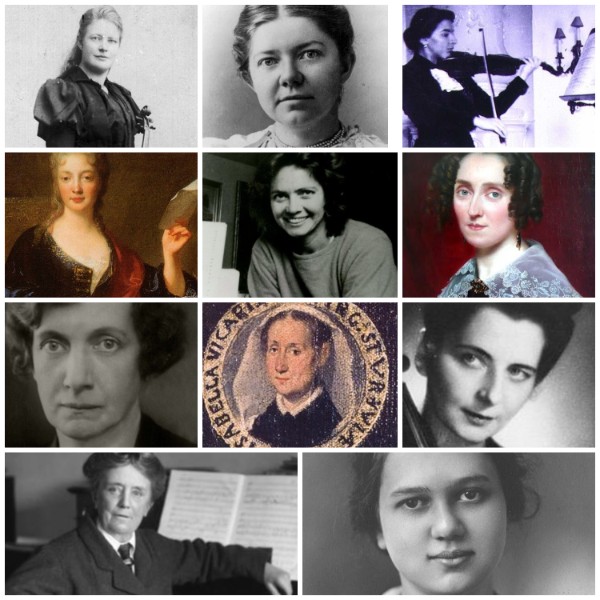We think of them as a summer phenomenon, a mysterious blinking in the bushes, or a trail of light seen out of the corner of your inattentive eye: fireflies!
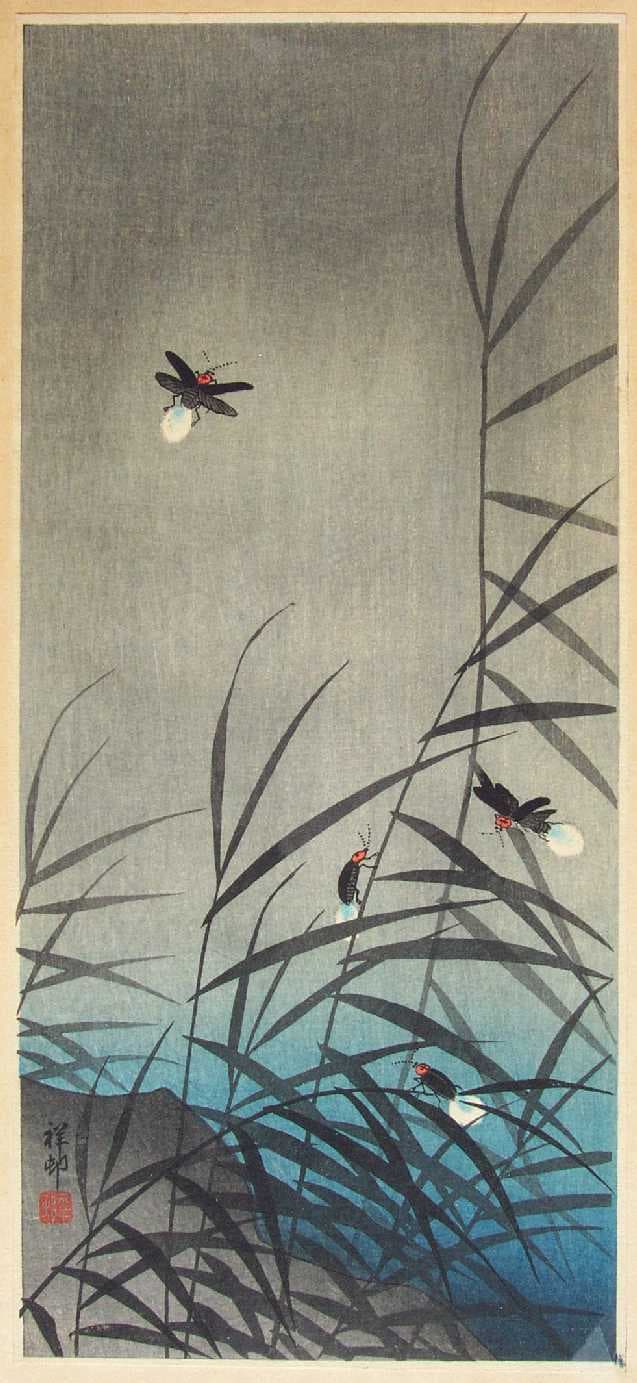
Koson: Fireflies, ca 1930
American composer Stephen Barber was in a garden in upstate New York when he saw the fireflies ‘in full glow’. To him, it was like ‘a meteor shower of bioluminescent butterflies’.
Stephen Barber: Fireflies (Eric Huebner, piano)
Faced with an instrument that he always regarded as mysterious, Japanese composer Dai Fujikura used the harp to portray an equally mysterious insect: is the sound of the harp floating or centered? Is the firefly floating or moving in a particular direction? Perhaps, for the instrumentalist and the insect, it’s some of each.
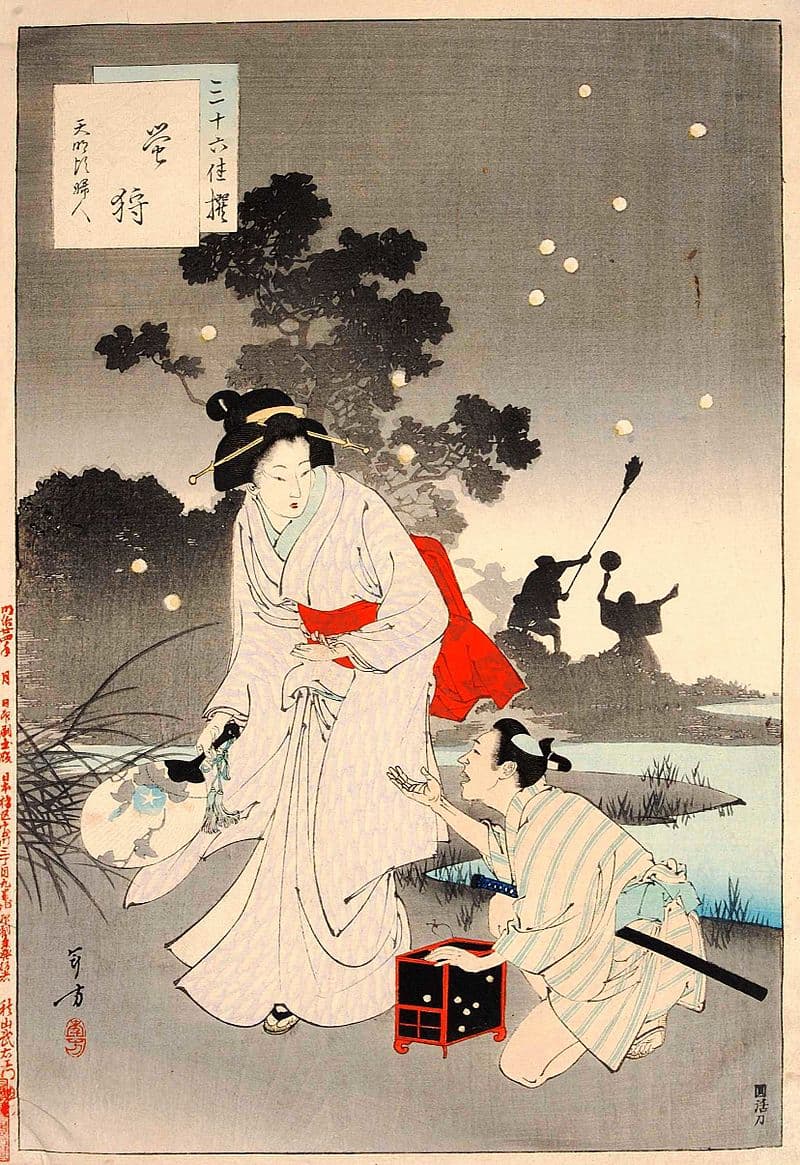
Mizuno Toshikata: Hotarugari, Firefly Catching, 1891
Dai Fujikura: Floating Fireflies (Stef van Vynckt, harp)
Known for his use of field recordings and compositions that combine acoustic with electronic instruments, American composer Peter V. Swendsen’s 2015 take on fireflies places them out of season – in an icy winter environment, with the memories of the sounds of summer in the ice.
Peter V. Swendsen: Fireflies in Winter (Dana Jessen, bassoon; Peter V. Swendsen, electronics)
American composer Daniel Burwasser chose to set a children’s summer pastime as a lush orchestral piece. Chasing Fireflies is his ‘ode to the tender memories and joys of childhood’ when everything is new and something as simple as the flash of a firefly can light up the imagination. The children chase the evasive lights, then settle back to look at the stars, the larger lights in the sky. It all ends with a frenzied scurrying and then a symphonic representation of the sorry end of a summer evening: Bedtime!
Daniel Burwasser: Catching Fireflies (Seattle Symphony Orchestra; Gerard Schwarz, cond.)
American composer Amy Beach (1867–1944) composed her 4 Sketches in 1892. The work is a test for the pianist who must create a light and luminescent piece with passagework that requires rapid semiquaver (sixteenth note) runs in thirds with quick arpeggios.

Fireflies in the woods near Nuremberg, Germany, 30-second exposure
Amy Beach: 4 Sketches, Op. 15 – No. 4. Fireflies (Alan Feinberg, piano)
American pianist and composer Gabriela Lena Frank (b. 1972) was motivated by a trip to Peru and the mixed-race cultures of Andean South America to create her Suite Mestiza. She sees the fireflies that she encountered everywhere in Peru for inspiring her violin piece with their ‘virtuoso and fleet character’.
Gabriela Lena Frank: Suite Mestiza – VII. Luciérnagas (Fireflies) (Movses Pogossian, violin)
Alexey Shor’s 2015 suite Childhood Memories begins with chasing fireflies and playing in a sandbox to the more serious aspects of childhood: coming of age and first love. But first, running around in the dark…
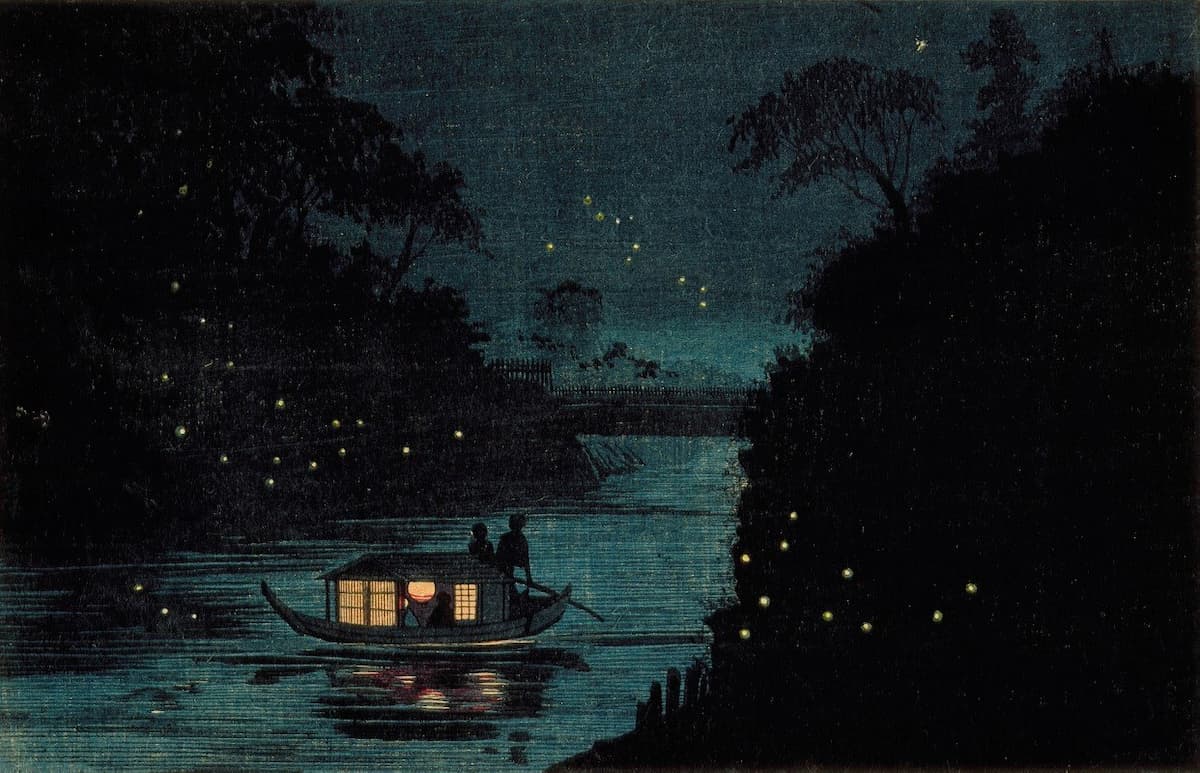
Kobiyashi Kiyochika: Fireflies at Ochanomizu, ca 1880
Alexey Shor: Childhood Memories Suite – I. Chasing fireflies (Alexander Romanovsky, piano)
Eric Moe (b. 1954) set the poems of May Swenson in his Of Color Braided All Desire, and the third movement, Fireflies, uses an alternating sharp bowing and lyrical line to portray the darting action of the insects and the ‘faint trails of light’ they leave behind. The poet saw the fireflies as throwing ‘love winks’ and she marvels how something that is invisible during the day takes on its own life at night.
Eric Moe: Of Color Braided All Desire – No. 3. Fireflies (Christine Brandes, soprano; Brentano String Quartet)
American composer Paul Johnston wanted to depict some of his ‘favorite aspects of this time of year’ in his Summer Sketches. Each movement (Bike Ride, Morning Swim, Cook Out, Evening Breeze, and finally, Fireflies) is fleeting, like our memory of summer itself.
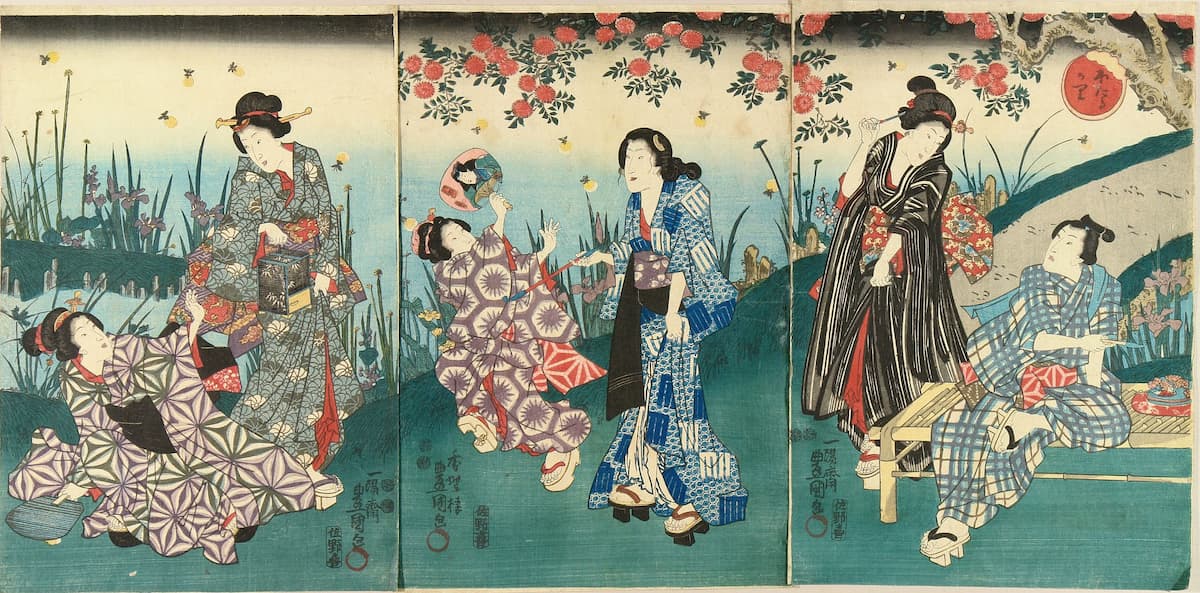
Toyokuni III: Beauties viewing Fireflies, 1848
Paul Johnston: Summer Sketches – V. Fireflies (Duo XXI; Paul Johnston, piano)
Composer Frank Bridge’s work is slowly being rediscovered again, and his piano work Fireflies dates from April 1917. Although the title seems like this should be a light and frivolous piece, it really reflects the pianism of the pre-war salon – the chromaticism is elusive and he uses bitonal semiquavers (sixteenth notes) played pianissimo to evoke the fleeting insects.
Frank Bridge: 4 Characteristic Pieces – No. 4. Fireflies (Mark Bebbington, piano)
In his 1923 piano work, 5 Sketches in Sepia, Swiss-born American composer Ernest Bloch gives us the shortest pieces on fireflies…
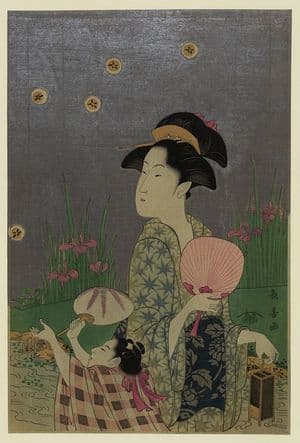
Eishosai Choki: Fireflies, 1793
Ernest Bloch: 5 Sketches in Sepia – No. 3. Fireflies (Margaret Fingerhut, piano)
It’s of note that many of these pieces originated in the early 20th century or are memories of childhood. The fluorescent beetle with their distinctive light on a summer night is declining worldwide. It’s not just the usual suspect of insecticides that are cutting them down, it’s also our ever-prevalent light pollution. How’s a bioluminescent bug going to compete with a street lamp?
For more of the best in classical music, sign up for our E-Newsletter

